Simple vegetable. Roasted. Spiced up. Pine nuts added. Tahini sauce on top. Yum.
I’d bought a cauliflower a couple of weeks ago. On a day when I thought, oh yes, I’ll fix that in a day or two. Days went by, and I forgot all about it stuffed into the back of the bottom shelf. By the time I decided to do something about it I truly thought it would have been over the hill (spoiled), but it wasn’t. Surprise. I’d read this recipe at Food52 that sounded really good and worth the effort to make.
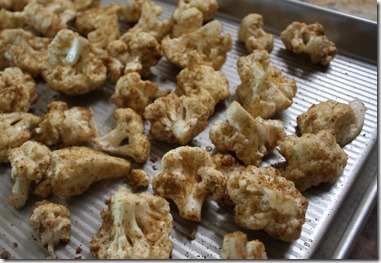 It wasn’t hard to make though it did take some time to do – cut the cauliflower into florets, toss them in a spice blend of ground cumin, cayenne, garlic powder, salt and pepper. Drizzle the cauliflower with a few tablespoons of olive oil and spread them out on a big flat metal baking sheet. Roast in a hot oven for about 40 minutes, removing half way through to turn all the pieces over so they get brown toasty spots on at least 2 sides. Toast some pine nuts part way, and add them onto the pan with the cauliflower during the last 4 minutes or so of roasting. Meanwhile, you make the tahini sauce: tahini, some lemon juice, garlic, and water added to make it barely pourable, and some fresh parsley. Pour the hot-hot cauliflower out into a wide platter or bowl, sprinkle on some more chopped parsley and drizzle it with the tahini sauce (some of what you made, not all). Done. I cut the sauce part in half (because the original recipe indicated you’d have left over sauce). Well, maybe I didn’t put enough tahini sauce on the cauliflower because even making half, I have a LOT of sauce left over. So I’ve altered the recipe below to cut the sauce recipe down by 2/3. You can always make more.
It wasn’t hard to make though it did take some time to do – cut the cauliflower into florets, toss them in a spice blend of ground cumin, cayenne, garlic powder, salt and pepper. Drizzle the cauliflower with a few tablespoons of olive oil and spread them out on a big flat metal baking sheet. Roast in a hot oven for about 40 minutes, removing half way through to turn all the pieces over so they get brown toasty spots on at least 2 sides. Toast some pine nuts part way, and add them onto the pan with the cauliflower during the last 4 minutes or so of roasting. Meanwhile, you make the tahini sauce: tahini, some lemon juice, garlic, and water added to make it barely pourable, and some fresh parsley. Pour the hot-hot cauliflower out into a wide platter or bowl, sprinkle on some more chopped parsley and drizzle it with the tahini sauce (some of what you made, not all). Done. I cut the sauce part in half (because the original recipe indicated you’d have left over sauce). Well, maybe I didn’t put enough tahini sauce on the cauliflower because even making half, I have a LOT of sauce left over. So I’ve altered the recipe below to cut the sauce recipe down by 2/3. You can always make more.
What’s GOOD: a delicious way to make cauliflower more interesting. I like anything with sort-of Indian spices. This isn’t exactly Indian – maybe it is – I don’t know – but the cumin and cayenne gave it a little bit of zip. Cauliflower doesn’t ever get crisp because it has a lot of water in it – but it did get toasted on the edges as you can see in the photo at top. I liked the tahini drizzle. When I tasted it as I made it I was a bit ho-hum about it, but I added some more lemon 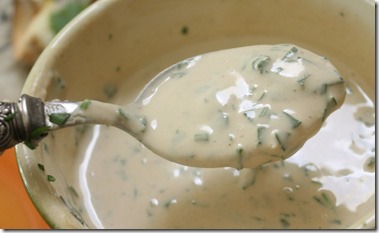 juice, which brightened the flavors a lot and it enhanced the cauliflower. The tahini, surprisingly enough, doesn’t overwhelm the cauliflower as I thought it might. It’s a good recipe, worth making if you’re adventurous about spices on a humble veggie.
juice, which brightened the flavors a lot and it enhanced the cauliflower. The tahini, surprisingly enough, doesn’t overwhelm the cauliflower as I thought it might. It’s a good recipe, worth making if you’re adventurous about spices on a humble veggie.
What’s NOT: it did take a bit of fuss to make – roasting the cauliflower; and, well, cutting it up into florets too (maybe get a helper to do that part), whisking up the tahini drizzle, toasting the nuts – certainly a bit more work than an ordinary quick veggie. Warmed up (the left overs) weren’t so perky – couldn’t seem to crisp up the cauliflower at all and the nuts had gotten soggy. So try to eat it at the first sitting.
printer-friendly PDF
Files: MasterCook 5+ and MasterCook 14 (click on link to open recipe in MC)
Spice-Roasted Cauliflower with Pine Nuts and Tahini Drizzle
Recipe By: From Food52
Serving Size: 4
1 whole cauliflower — cut into florets
1 tablespoon ground cumin
1/4 teaspoon cayenne pepper — or up to 1/2 tsp if you like the heat
2 teaspoons garlic powder
3 tablespoons olive oil
Kosher salt — to taste Fresh-cracked pepper — to taste
1/4 cup pine nuts — toasted for about 4 minutes in a separate pan in oven with cauliflower
3 tablespoons Italian parsley — chopped, as garnish
TAHINI DRIZZLE:
1/3 cup tahini
1 small lemon — juiced, divided use
1 small garlic clove — pressed or grated
Kosher salt — to taste
Fresh-cracked pepper — to taste
Warm water (start with 1/4 cup and add more as needed)
2 tablespoons Italian parsley — minced
1. Preheat the oven to 425° F.
2. In a large mixing bowl, combine the cauliflower florets and spices. Drizzle the olive oil over top and toss to combine. Add the salt and pepper to taste. Toss in the mixing bowl to coat the cauliflower evenly, then spread out on a sheet pan.
3. Roast the cauliflower for about 40 minutes (depending on your oven), flipping once half-way through to ensure the cauliflower is evenly browned and roasted. About 4 minutes before they are done, sprinkle the toasted pine nuts over the florets and give the pan a shake to mix them in with the spices and oil.
4. SAUCE: In a small mixing bowl, add in the tahini, and mix in half of the lemon juice. Whisk to combine, and then add in a garlic clove and salt and pepper to taste.
5. Start adding in warm water a little bit at a time, and continue whisking, until it reaches your desired consistency (something drizzle-able)! [When I made it it required about the same amount of water as tahini.] Taste and make sure there is enough salt and pepper, and if you like a little more tanginess add as much of the remaining lemon juice as you’d like. You want the sauce to be tangy.
6. Add chopped parsley to the tahini sauce and set aside.
7. When the spiced cauliflower and pine nuts are done, remove them from the oven and arrange in a serving bowl. Drizzle with some of the tahini sauce, to taste, top with more fresh chopped parsley, and serve warm. Save the rest of the tahini sauce (there won’t be much) as a dip or make into a dressing.
Per Serving (assuming you use all the drizzle): 280 Calories; 26g Fat (76.9% calories from fat); 7g Protein; 11g Carbohydrate; 3g Dietary Fiber; 0mg Cholesterol; 37mg Sodium.





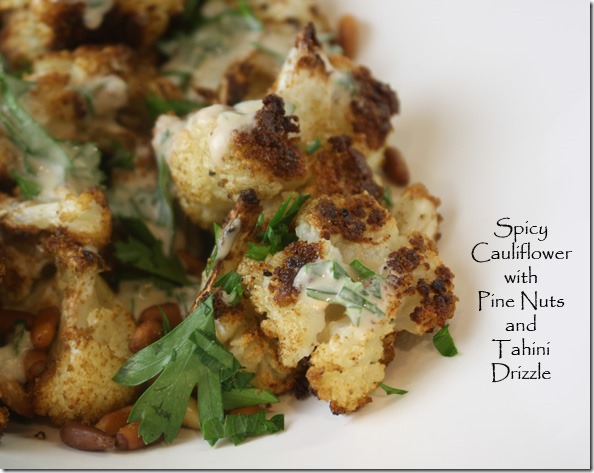

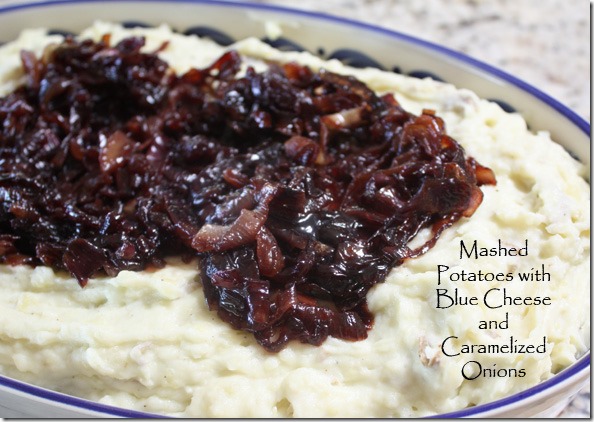
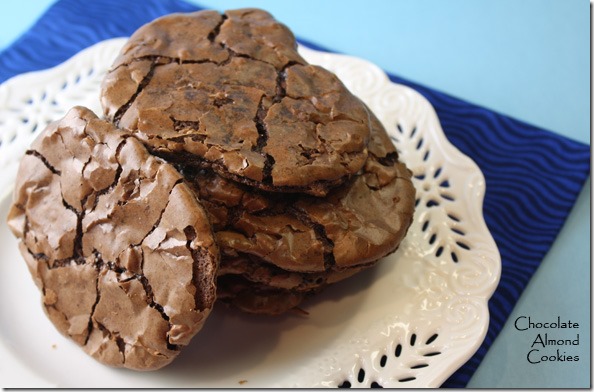
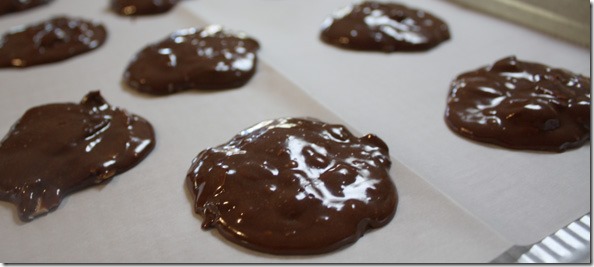
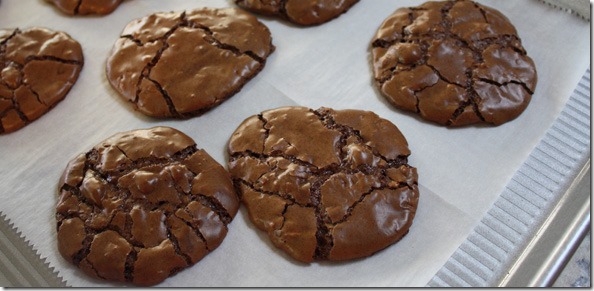
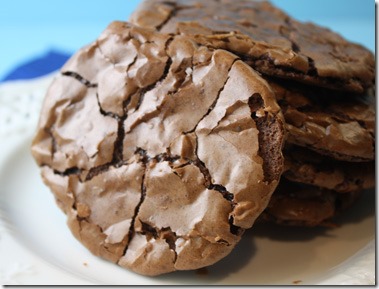
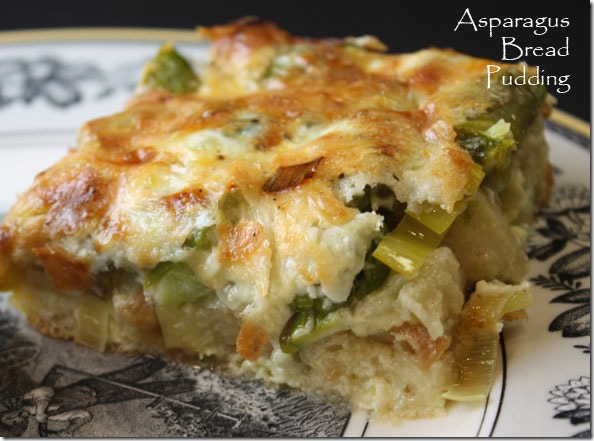
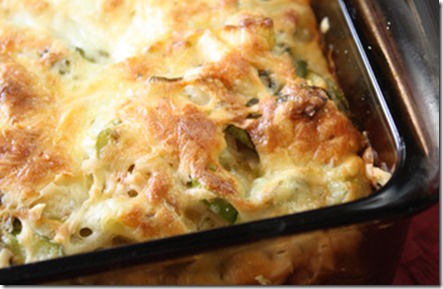

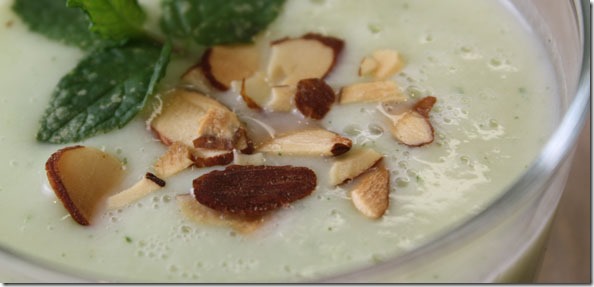
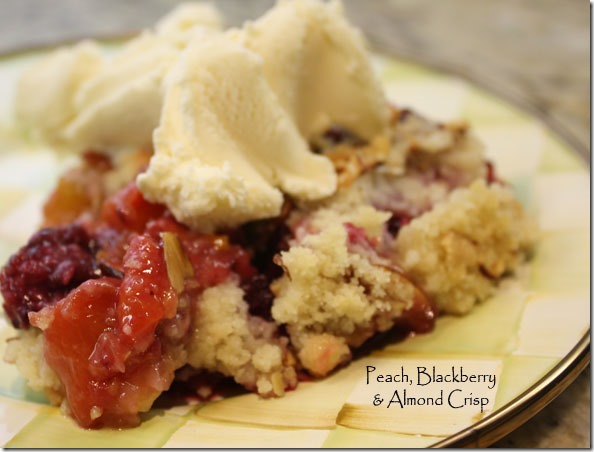
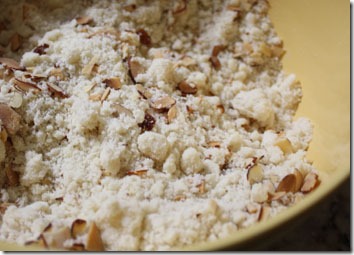
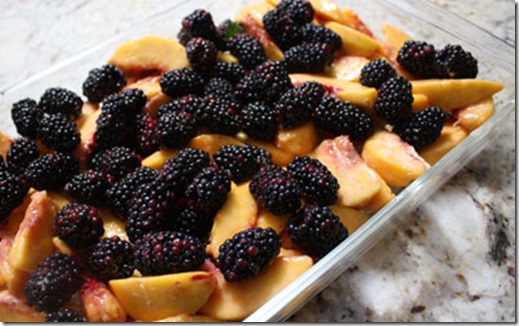
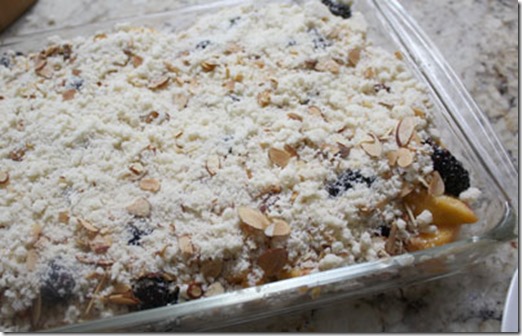
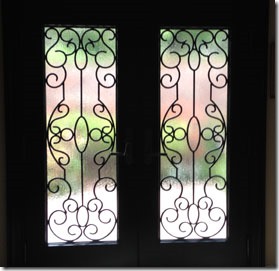

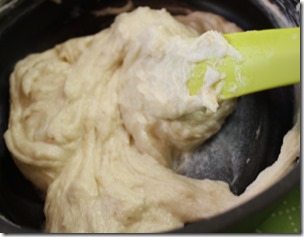

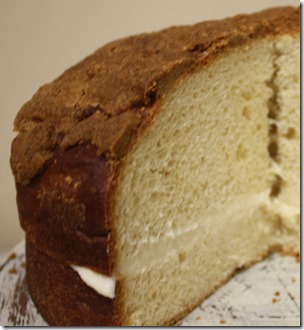

Leave a Comment!